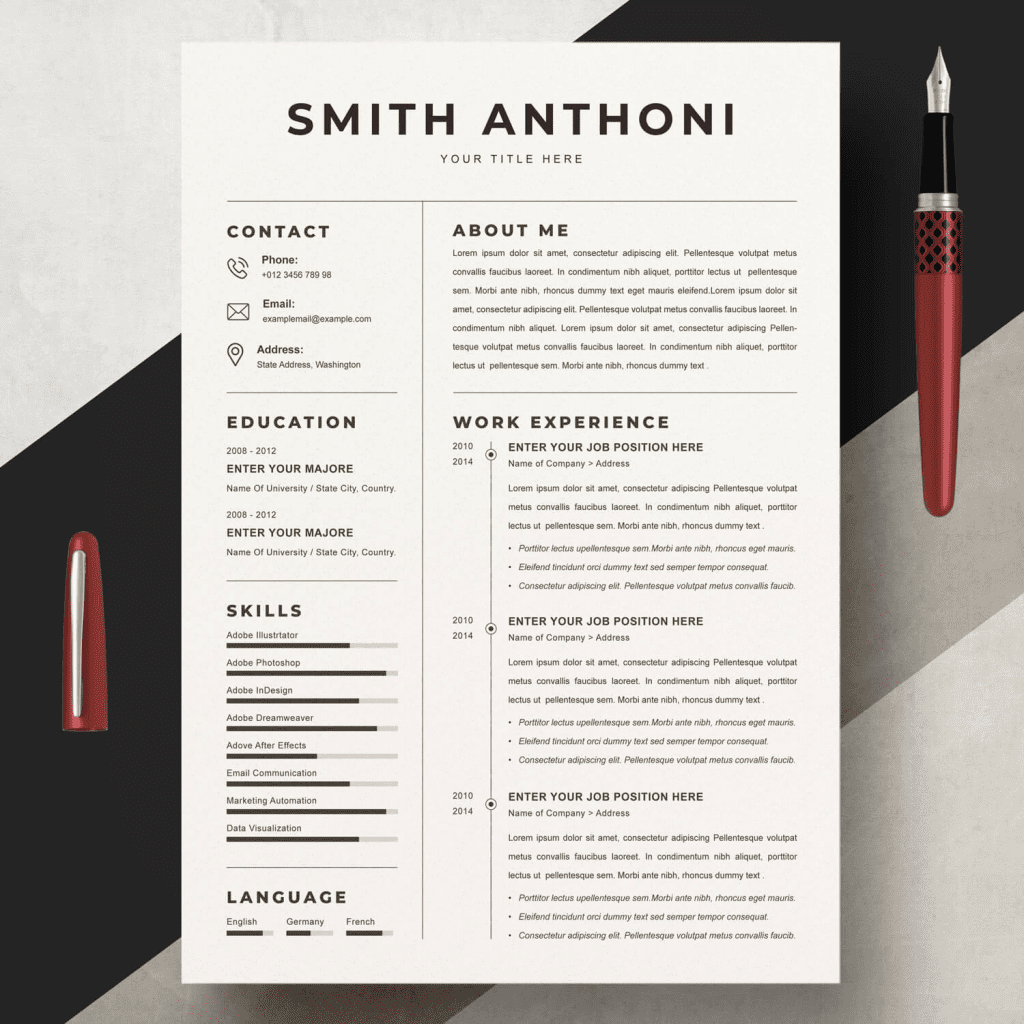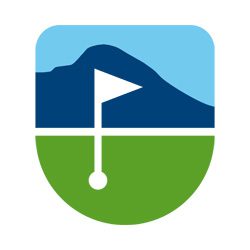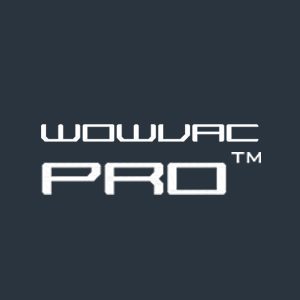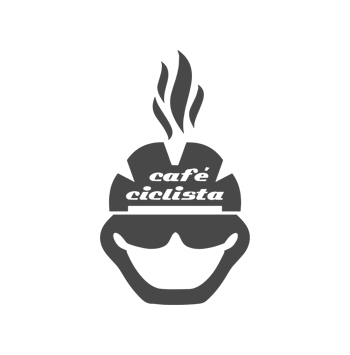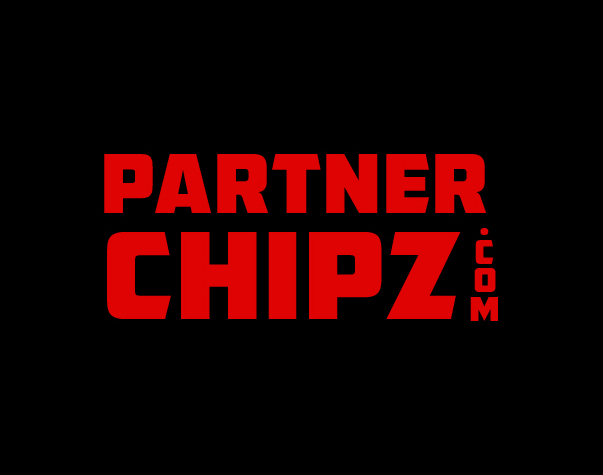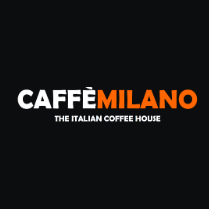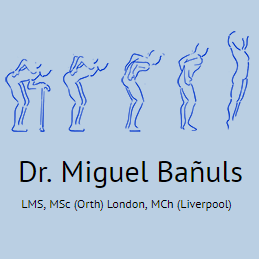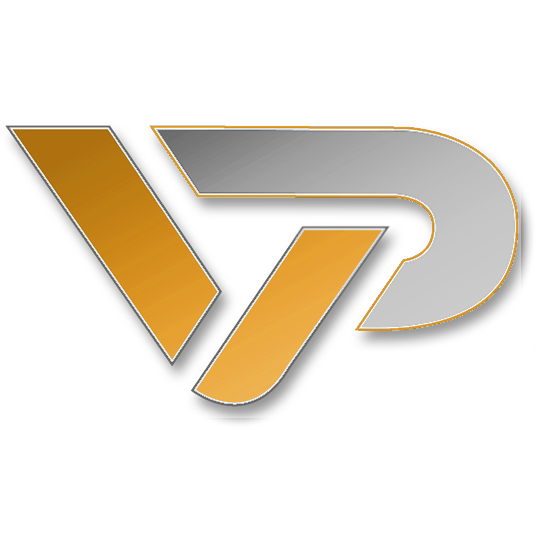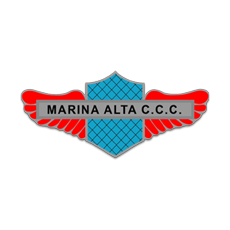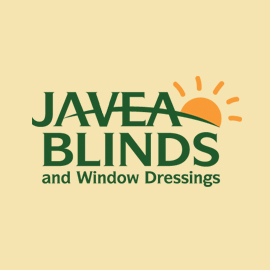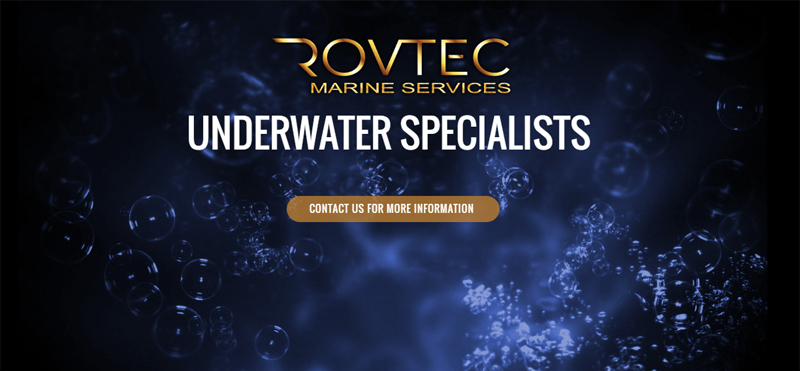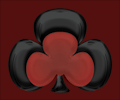Modern Resume Samples have revolutionized the way job seekers present themselves in today’s fast-paced hiring landscape. As competition intensifies, crafting an eye-catching resume has become essential for those looking to make a strong first impression on potential employers. Contemporary resume templates combine sleek designs and strategic layouts to ensure that key information is easily accessible, capturing attention within seconds. This guide offers an array of innovative resume design ideas, showcasing new formats that highlight creativity while maintaining professionalism. With practical job seeker tips included, candidates are better equipped to navigate their career paths effectively.
In the realm of job applications, innovative resume formats and eye-catching layouts play a pivotal role in enhancing a candidate’s visibility. A contemporary résumé serves as a dynamic platform for showcasing skills and experiences, allowing applicants to break free from outdated styles that no longer resonate with modern recruiters. Whether you’re considering professional resume formats tailored to various industries or exploring fresh resume layout examples that engage the reader, the goal remains the same: to effectively communicate your qualifications. Understanding the nuances of modern design can significantly impact how your application is perceived in a competitive job market. Thus, embracing these evolving trends is essential for every job seeker aiming to leave a lasting impression.
Crafting the Perfect Resume
In today’s competitive job market, your resume must do more than just list your qualifications; it needs to be an engaging representation of your professional self. To craft the perfect modern resume, it’s essential to understand that first impressions matter immensely. With hiring managers often glancing over resumes for just six seconds, it’s vital that yours captures attention immediately and conveys your professional competencies clearly.
The evolution of resume design in 2025 has seen a shift towards aesthetically pleasing layouts that encapsulate both functionality and style. Clean lines, a strategic use of white space, and subtle yet eye-catching design elements now dominate contemporary resumes. This guide dives into various modern resume layouts designed for different industries, alongside practical examples that cater to job seekers at various experience levels.
Core Features of Modern Resumes
A successful modern resume is distinguished by its essential elements that reflect the changing hiring landscape. Typically, it begins with a clean header which includes your contact information, presented in a visually appealing format. The choice of typography is vital; sans-serif fonts such as Calibri or Helvetica are preferred for their legibility on digital platforms, ensuring your resume is reader-friendly.
Moreover, a judicious color scheme plays an important role in modern resumes. Professionals often lean towards subtle hues that maintain professionalism while effectively highlighting important information. Consider using one or two accent colors to bring attention to section headings or critical achievements, thereby aiding in visual hierarchy and overall readability.
Tailoring Your Resume to Your Industry
Different industries necessitate distinct approaches to resume design, showcasing the importance of tailoring your application to specific fields. For example, graphic designers or marketing professionals often utilize visually sophisticated resumes that reflect their creative flair. Undoubtedly, these samples employ custom graphics, unique formatting, and dedicated portfolio sections that highlight artistic skills.
On the other hand, the technology sector generally prefers simplicity and clarity in its resumes. Here, professionals typically showcase technical skills and projects in a minimalist design format. Including sections for programming languages, certifications, and links to online portfolios are essential aspects of modern tech resumes, providing potential employers with immediate insights into candidates’ qualifications.
Resume Examples for Different Career Stages
When it comes to entry-level job seekers, resumes must strategically present limited experience while still adhering to modern design principles. This demographic relies heavily on highlighting education, internships, and relevant projects, ensuring that skills are prominently displayed. Utilizing achievement-oriented language can dramatically improve the chances of catching a hiring manager’s eye, signaling potential value.
In contrast, mid-career professionals typically focus on showcasing a trajectory of career growth and increasingly complex responsibilities. Senior executives, however, require a more sophisticated design that conveys their extensive experience and authority. A well-crafted modern resume for this level should project confidence and decisiveness, adequately representing a wealth of expertise.
Significance of Visual Readability
Ensuring visual readability is a cornerstone of modern resume design. The effective use of white space not only makes the content more accessible but also enhances the overall aesthetic. Properly spaced elements prevent the resume from appearing cluttered, allowing hiring managers to digest information efficiently.
Moreover, integrating small visual elements such as icons or thin lines can subtly separate sections without diverting attention from the main content. This approach not only contributes to readability but also encourages a smoother flow of information, guiding the reader’s eye through the resume seamlessly.
Leveraging Technology in Resume Creation
In the age of digital applications, leveraging technology in creating your resume is paramount. Various online tools and platforms offer templates and design options that cater to modern aesthetics while ensuring practicality. Whether you opt for simpler layouts or more intricate designs, these options can significantly enhance your resume’s appeal without requiring advanced design skills.
Additionally, involving technology means ensuring that your resume is optimized for Applicant Tracking Systems (ATS). Many companies use these systems to filter applications, making it essential to adhere to specific formatting guidelines that ensure your resume gets seen by hiring managers.
Adapting Resumes for Remote Job Opportunities
As remote job opportunities continue to proliferate, adapting your resume to reflect your agility in this new work environment is essential. It’s essential to emphasize skills related to virtual collaboration, technology proficiency, and self-discipline, showcasing readiness for the challenges of remote positions.
In the modern job market, potential employers are increasingly prioritizing candidates who can transition smoothly into remote roles. By tailoring your resume to highlight relevant experiences and capabilities, you enhance your attractiveness to prospective employers within the remote working landscape.
Integrating Personal Branding into Your Resume
To truly stand out, integrating personal branding into your resume can make a substantial difference. This process involves reflecting your unique voice and professional identity within the document, which can set you apart from the competition. Personal branding goes beyond aesthetic choices, incorporating elements like your career philosophy and value proposition.
Crafting a personal brand on your resume can also include thoughtful word choices that resonate with the target audience. Highlighting experiences that align with your personal narrative not only tells your professional story but helps create a memorable impression on hiring managers.
Future Trends in Resume Design
As we look forward to future trends in resume design, it’s clear that technology and creativity will continue to influence how job seekers present themselves. Innovations in resume formats, such as video resumes or interactive PDFs, are beginning to gain traction, offering fresh ways for candidates to express their capabilities.
Additionally, the growing emphasis on soft skills and cultural fit will likely lead to resumes that highlight personal attributes alongside technical skills in a more pronounced manner. The future of resume design is poised to blend creativity, professionalism, and technology in ways that resonate with hiring managers and establish meaningful connections.
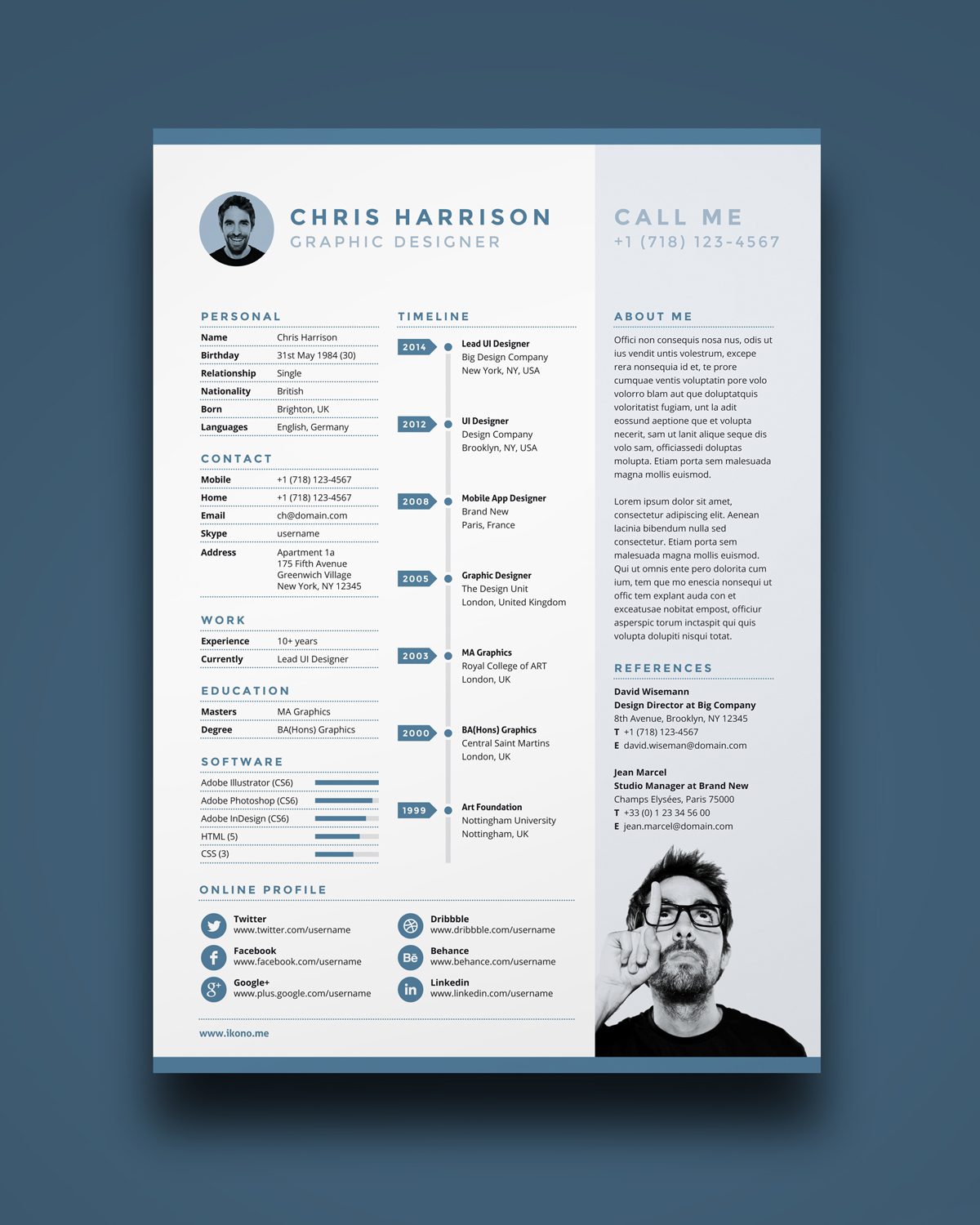
Conclusion on the Importance of Modern Resume Design
In today’s competitive job market, a well-crafted modern resume is more crucial than ever for job seekers across all industries. With hiring managers spending mere seconds on initial applications, it is essential to create resumes that not only grab attention but also effectively showcase one’s professional skills and experiences. Embracing modern design elements helps candidates stand out from the crowd while aligning with contemporary hiring practices. A modern resume goes beyond aesthetics—it communicates professionalism and adaptability in a rapidly changing work environment.
The importance of meticulous design cannot be overstated, as it conveys attention to detail and a commitment to quality. Key takeaways for crafting a modern resume include:
– Utilizing clean layouts and user-friendly designs that maximize readability.
– Incorporating industry-specific elements that highlight one’s strengths and fit within the desired sector.
– Understanding the appropriate balance between creativity and professionalism to align with the expectations of potential employers.
Final Thoughts on Tailoring Your Resume
As job seekers navigate their career journeys, tailoring their resumes to reflect the evolving standards of modern applications is imperative. Each industry presents different expectations and norms, which should be reflected in the resume’s design and content. By considering the specific requirements of their target job sectors, candidates can create compelling applications that resonate with hiring managers and position themselves favorably against their competition.
To ensure a memorable impression, candidates should focus on:
– Personalizing their resume layout to match the unique demands of their industry, whether it be creative, technical, or healthcare-focused.
– Highlighting relevant experiences, skills, and certifications that align with job descriptions.
– Continually updating their resumes to reflect new qualifications, achievements, and changes in branding strategies.
Ultimately, a modern resume is not just a list of qualifications—it is a powerful tool that can open doors to new career opportunities.

